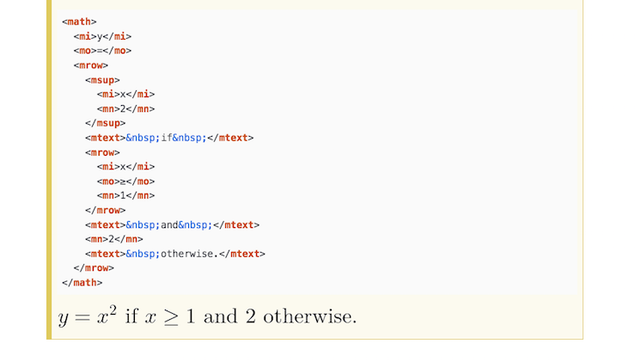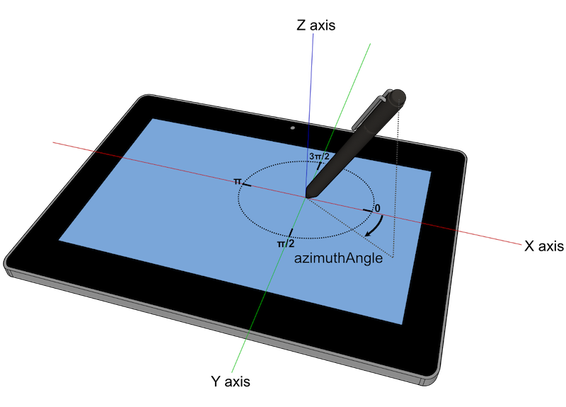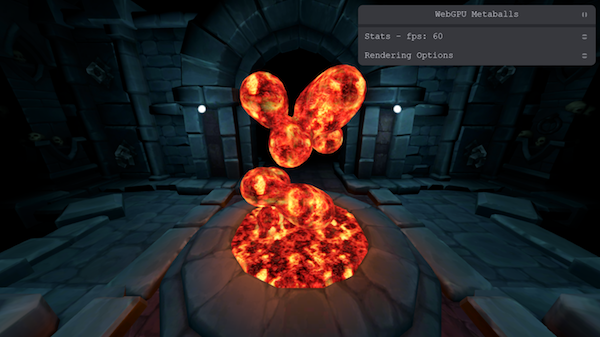The @w3c MathML Core specification, now at #CandidateRecommendation status, defines a core subset of the #MathML 3 specification designed for reliable, interoperable web browser support. It focuses on mathematical notation rendering, tightly integrating with #HTML, #CSS, and DOM standards to ensure consistency, testability, and minimal implementation complexity. #timetoimplement
▶️ https://www.w3.org/TR/mathml-core/
Feedback welcome: https://github.com/w3c/mathml-core/issues/
Explainer: https://github.com/w3c/mathml-core/blob/main/docs/explainer.md




